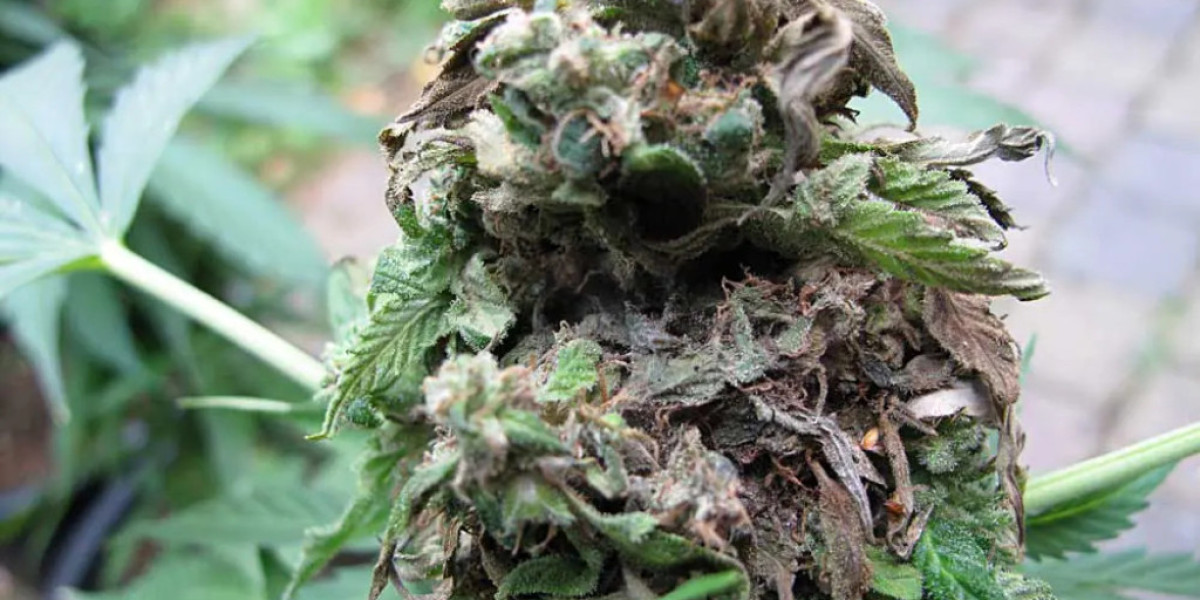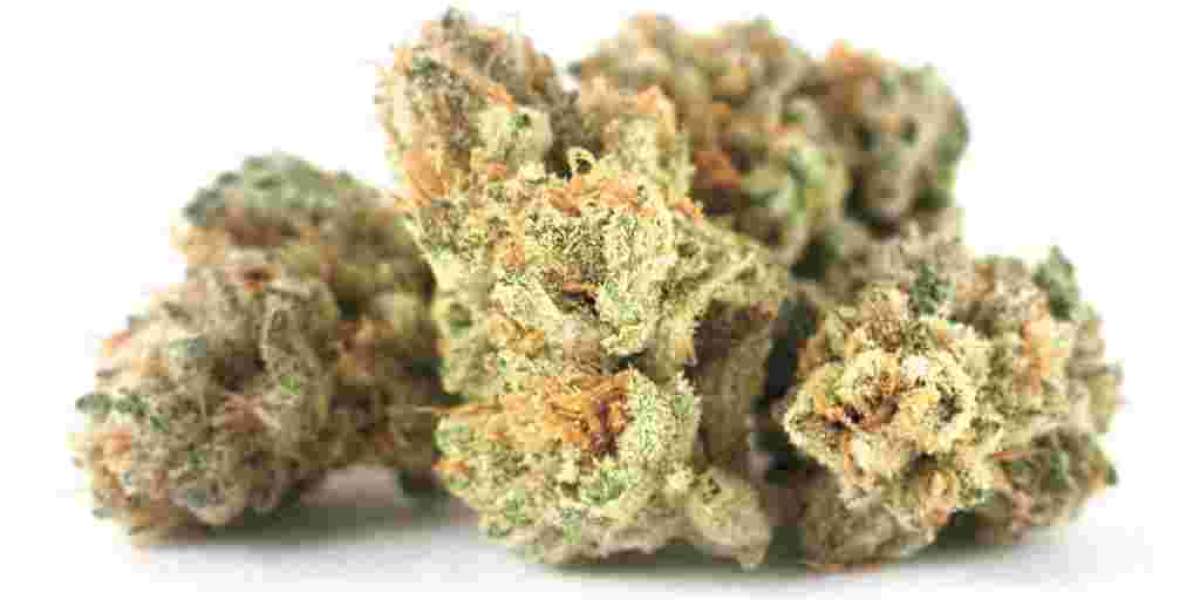Preventing Cannabis Bud Rot: A Comprehensive Guide
Cannabis bud rot, scientifically known as Botrytis cinerea, is a fungal infection that can significantly damage your cannabis plants. It not only affects the quality and yield of your buds but can also spread to other plants in your garden. However, by following some preventive measures, you can effectively minimize the risk of bud rot and ensure healthier plants. In this article, we will provide you with a comprehensive guide on preventing cannabis bud rot.
1. Maintain Proper Air Circulation
Adequate air circulation is crucial in preventing bud rot. Good airflow keeps humidity levels in check, lowering the risk of fungal growth. To improve air circulation:
- Ensure your plants are not overcrowded. Give them sufficient space to breathe and grow.
- Trim excess foliage to reduce moisture build-up and increase airflow around the buds.
- Use fans strategically to create a gentle breeze around the plants without causing damage.
- Consider installing oscillating fans in your grow area to ensure consistent air movement.
2. Control Humidity Levels
High humidity is a breeding ground for bud rot. Monitoring and controlling humidity levels is crucial to prevent the development of this fungal infection:
- Ensure your grow room maintains a relative humidity (RH) level below 50%. Invest in a digital hygrometer to monitor humidity accurately.
- During the flowering stage, it is recommended to maintain even lower humidity levels (<40%) to safeguard your buds.
- Consider using dehumidifiers to help regulate humidity levels in the grow area, especially in regions with naturally high humidity.
- If you prefer a natural approach, using moisture-absorbing materials like silica gel packs can also help reduce excess moisture.
3. Prevent Watering Mistakes
Uncontrolled watering practices can contribute to bud rot development. Proper watering techniques and schedules are essential:
- Avoid over-watering your plants. Excess moisture around the buds can lead to bud rot. Stick to a watering schedule based on the needs of your specific strain and environmental conditions.
- Ensure proper drainage in your pots or garden beds to prevent water from accumulating near the roots.
- Consider using fabric or smart pots that enhance drainage and allow the roots to receive sufficient oxygen.
- If possible, water your plants early in the day, allowing excess moisture to evaporate during daylight hours.
4. Regular Inspections
Performing routine inspections of your plants is crucial to catch bud rot early and take appropriate action. The earlier you detect and address a problem, the better chance you have to save your crop:
- Inspect your plants regularly and thoroughly, paying close attention to the buds.
- Look for discolored spots, grayish fuzz, or powdery mildew-like substances on the buds or nearby foliage.
- If you identify any signs of bud rot, remove the affected buds and/or cut out the infected areas to prevent further spread.
- Dispose of the infected materials properly and sanitize any tools used to prevent cross-contamination.
5. Maintain a Clean Grow Environment
Maintaining cleanliness in your grow environment helps minimize the risk of bud rot:
- Remove any dead leaves, debris, or fallen plant matter promptly, as they can harbor fungal spores.
- Regularly clean and sanitize your growing equipment, including pots, tools, and surfaces.
- Disinfect your grow room between grows to eliminate any residual pathogens.
- Wear clean clothes and gloves when handling your plants to reduce the chance of introducing contaminants.
Conclusion
Cannabis bud rot can be detrimental to both the yield and quality of your plants. However, by implementing the preventive measures outlined in this comprehensive guide, you can significantly reduce the risk of bud rot and ensure healthier crops. Remember to prioritize proper air circulation, control humidity levels, employ appropriate watering practices, perform regular inspections, and maintain a clean grow environment. By taking these precautions, you are paving the way for successful and mold-free cannabis cultivation.











